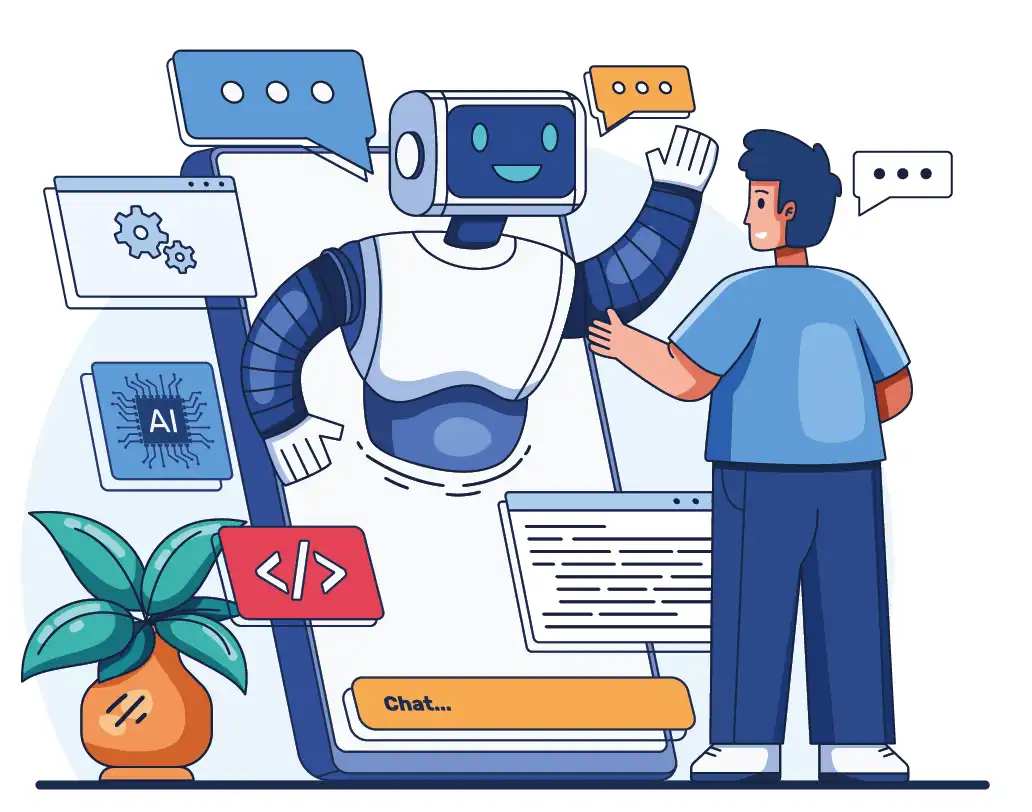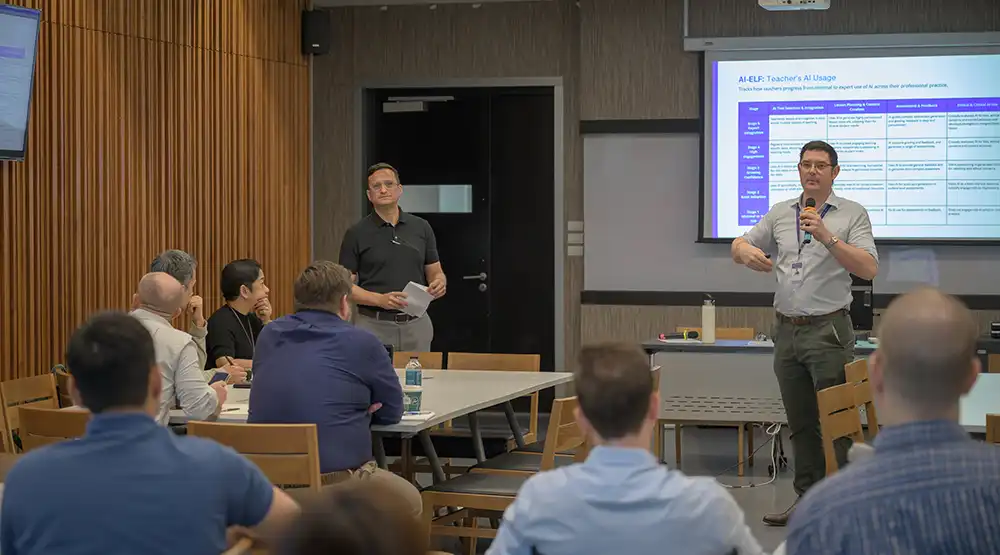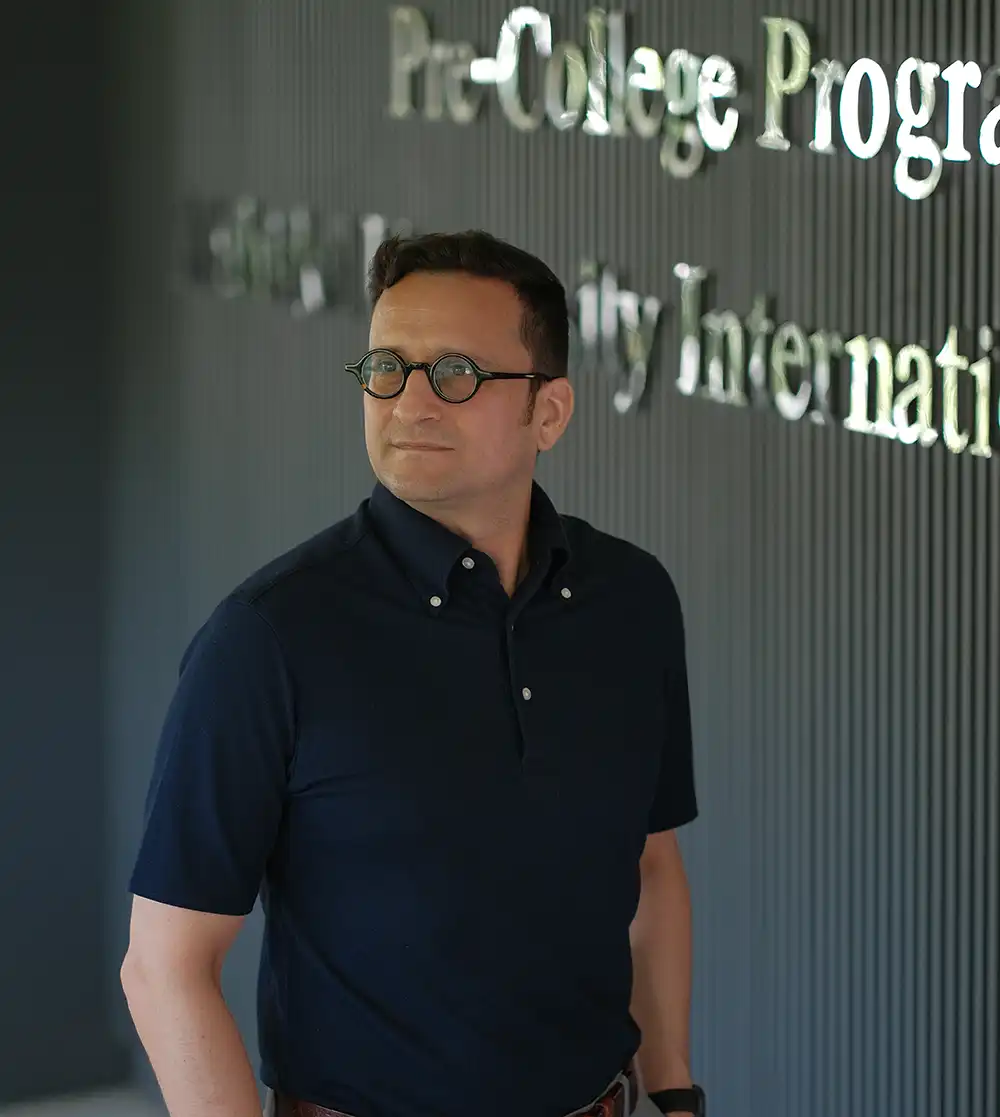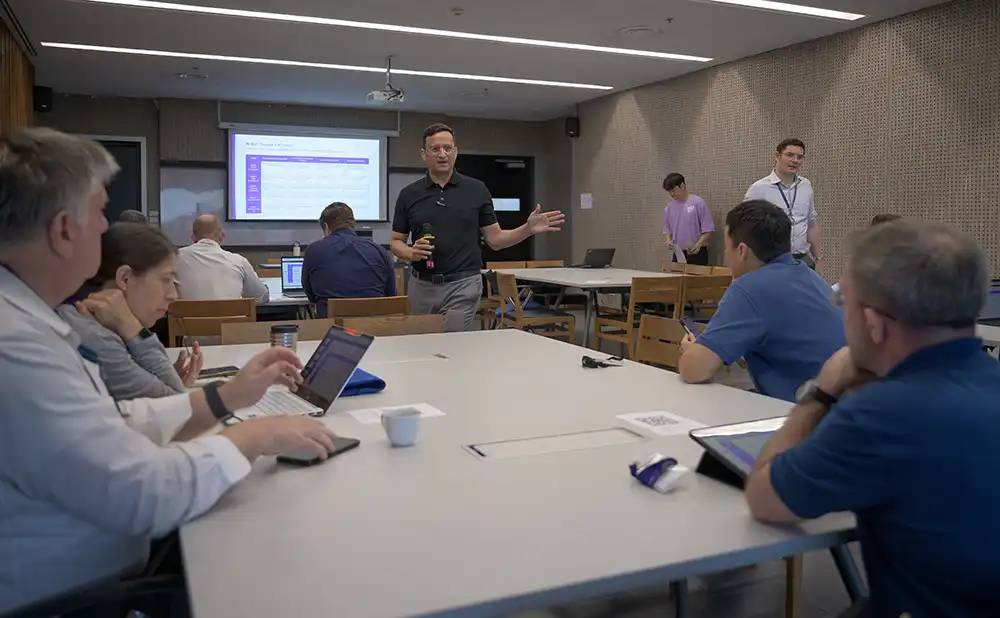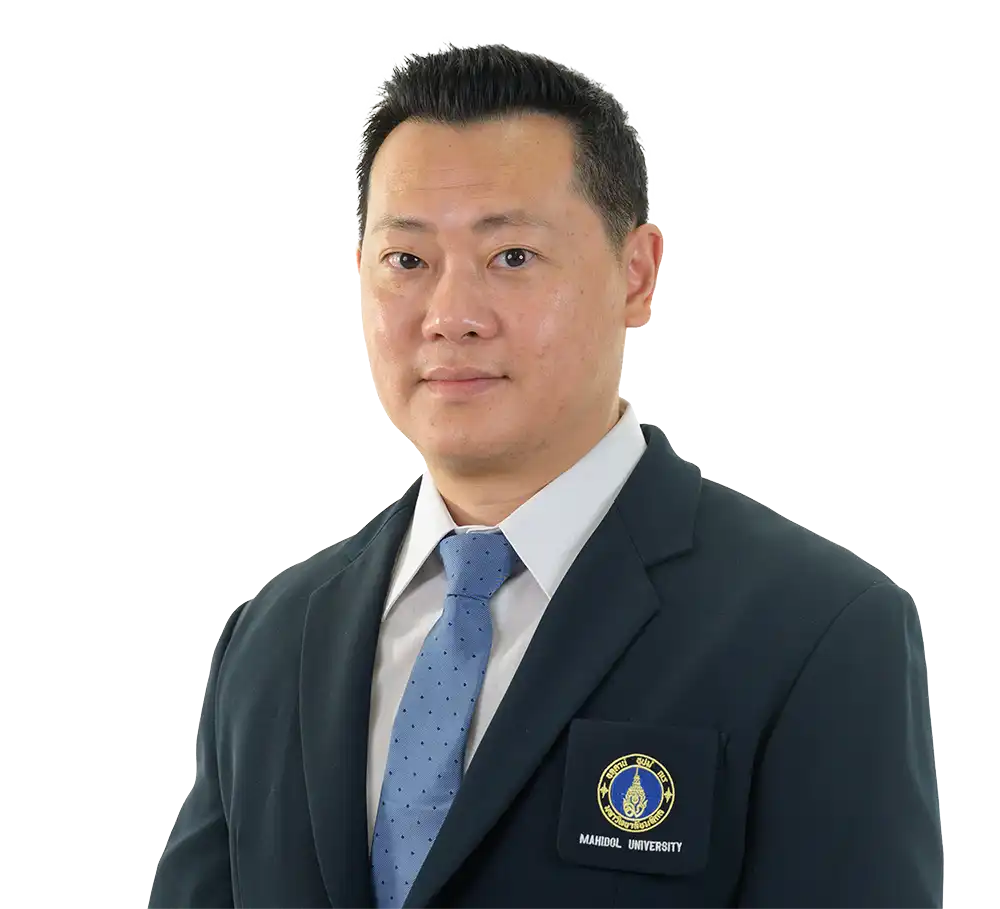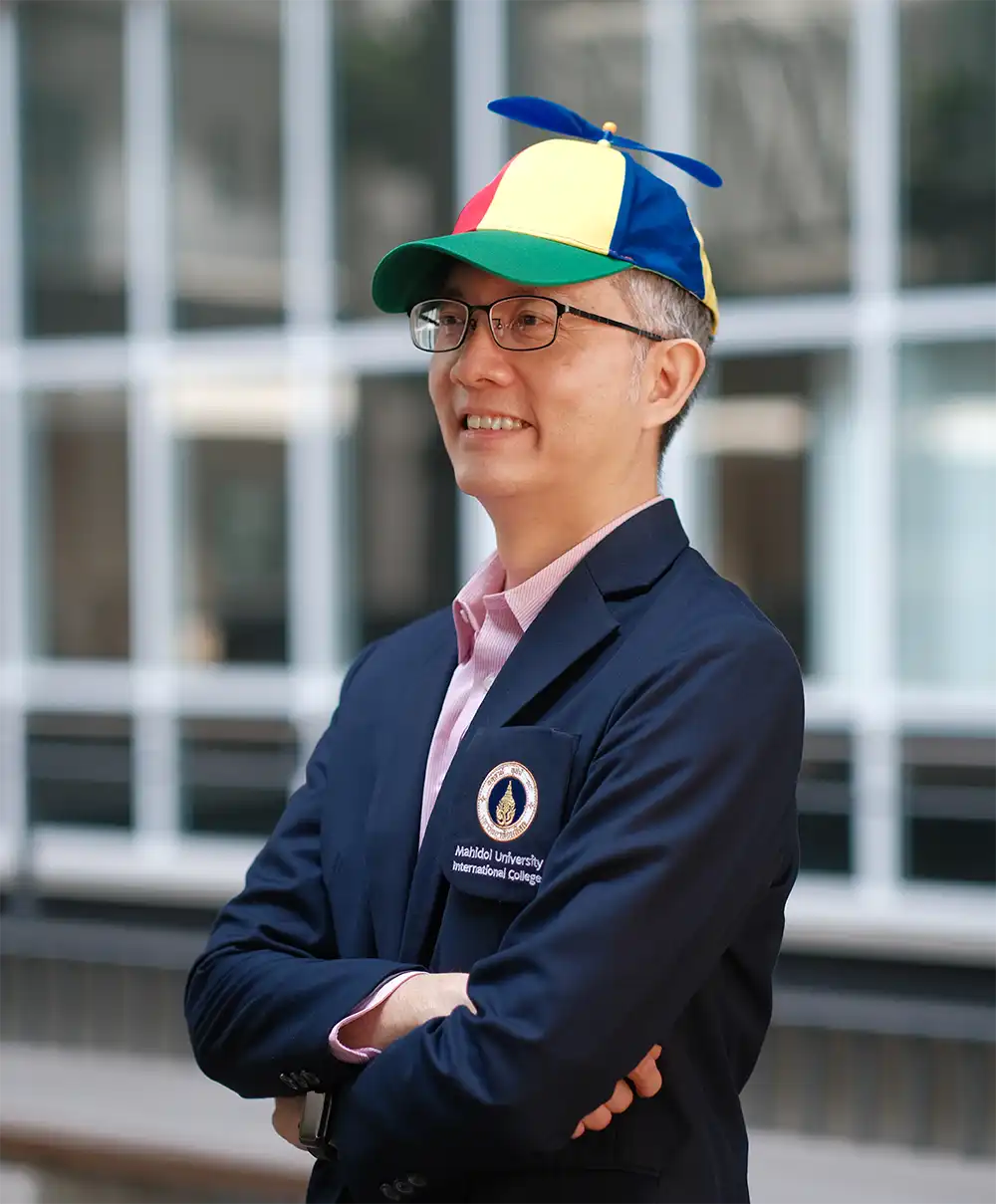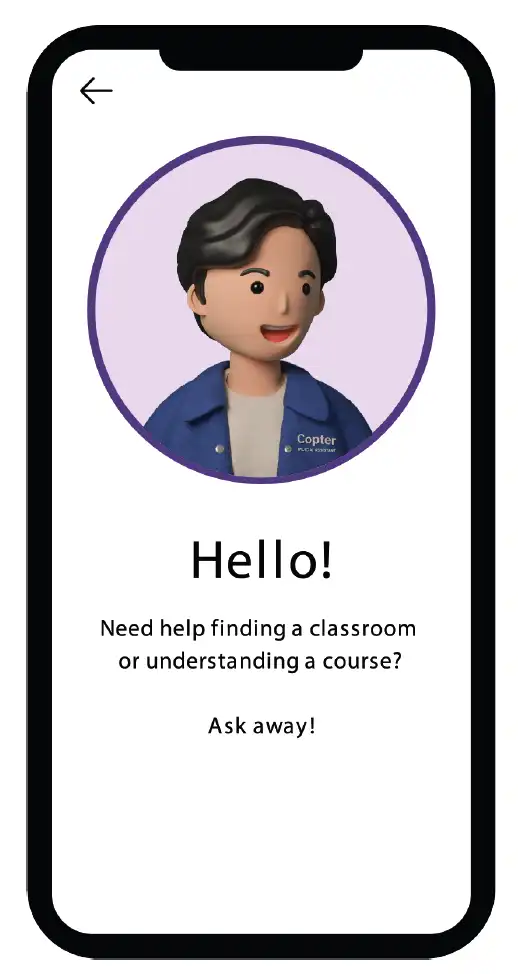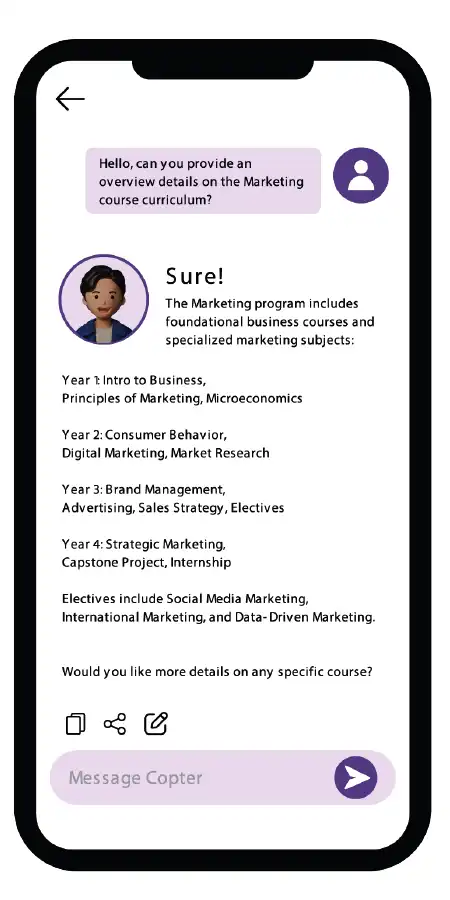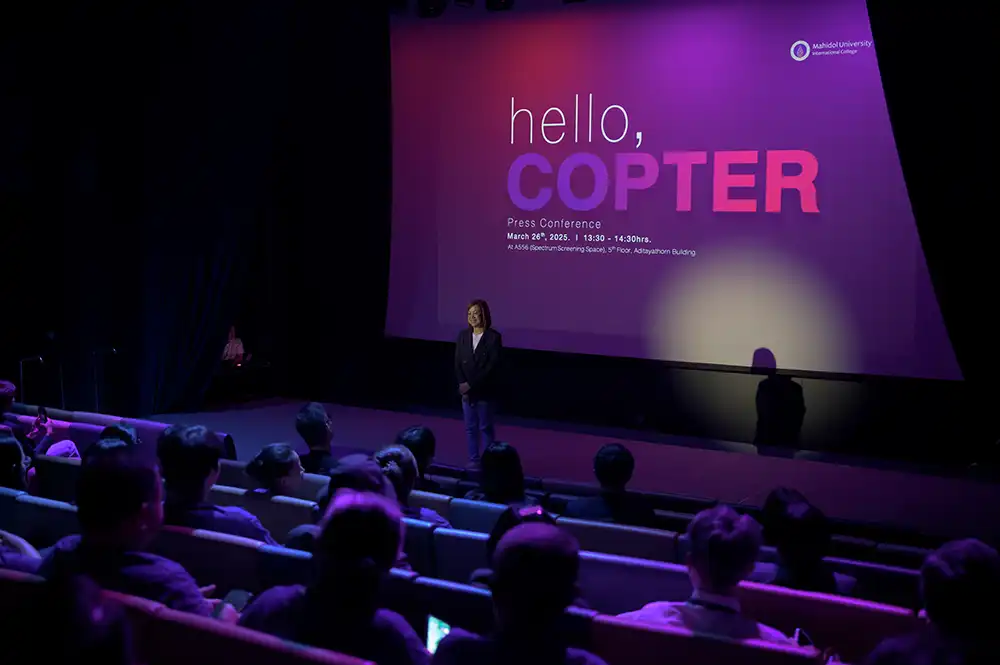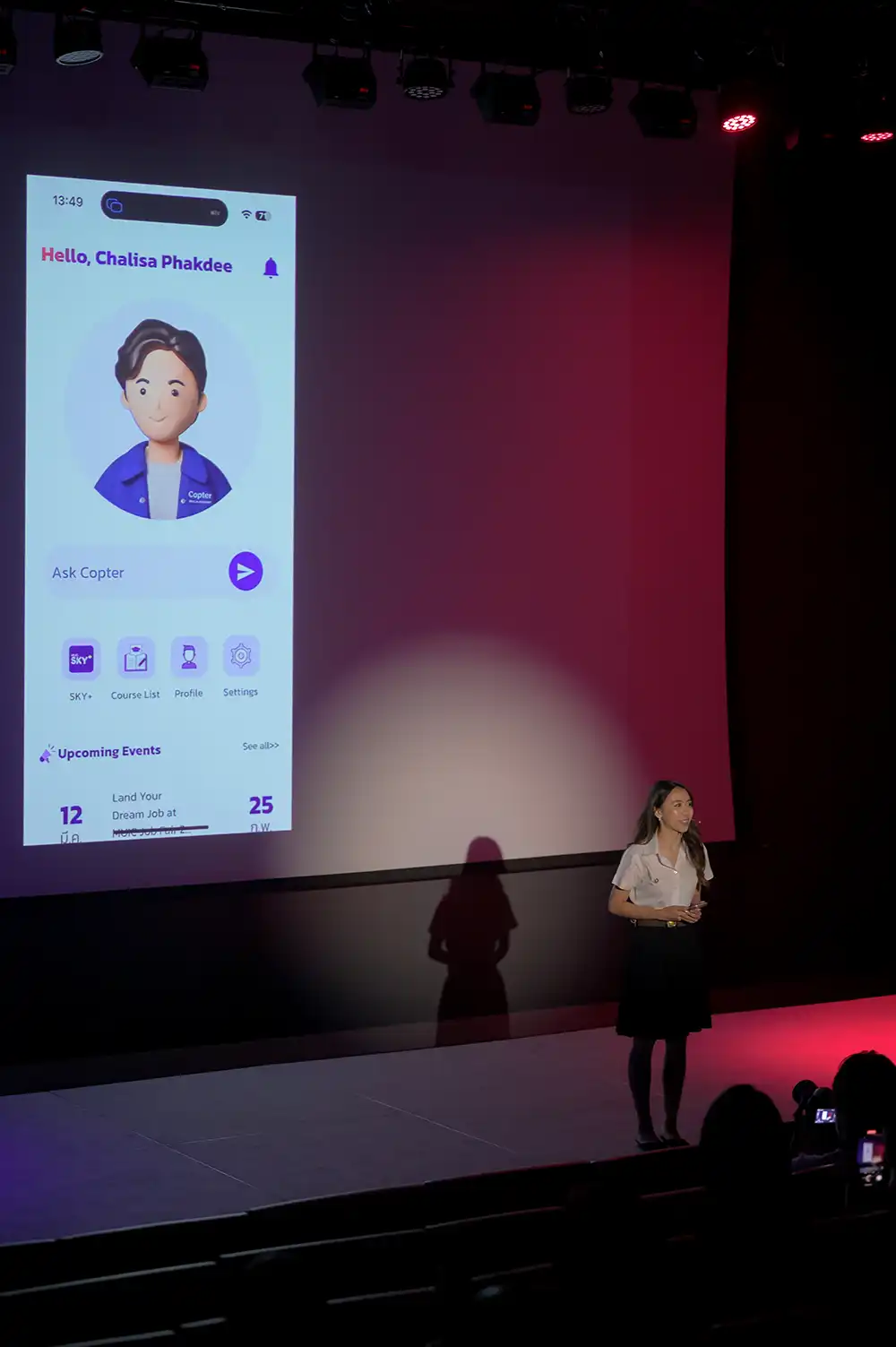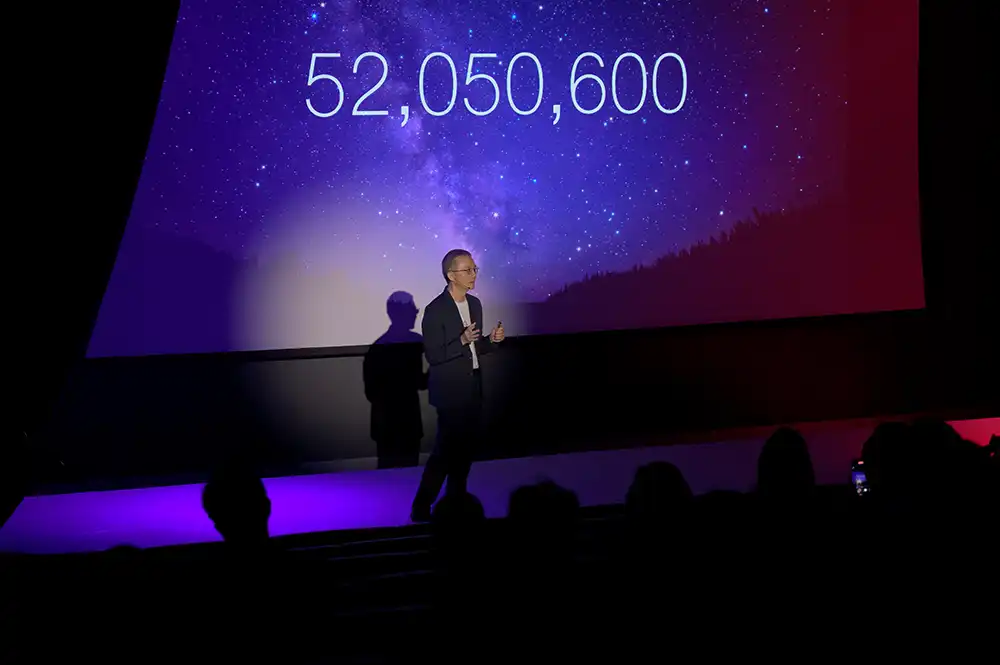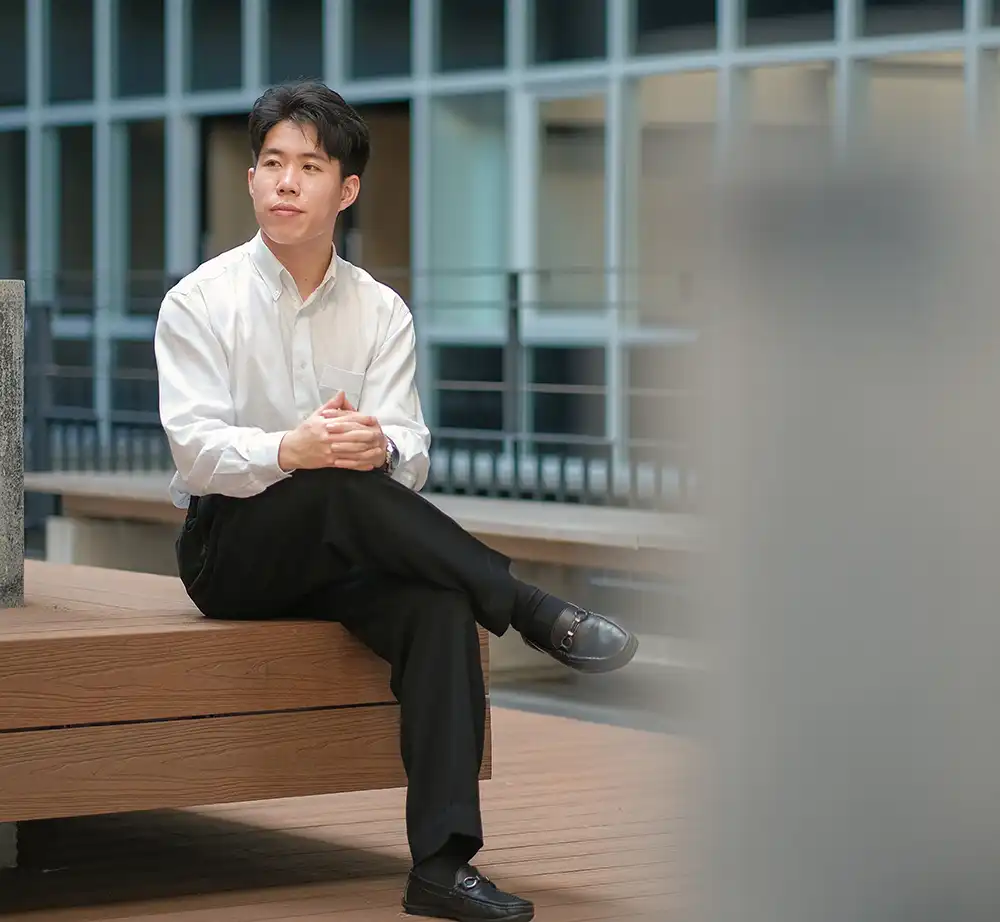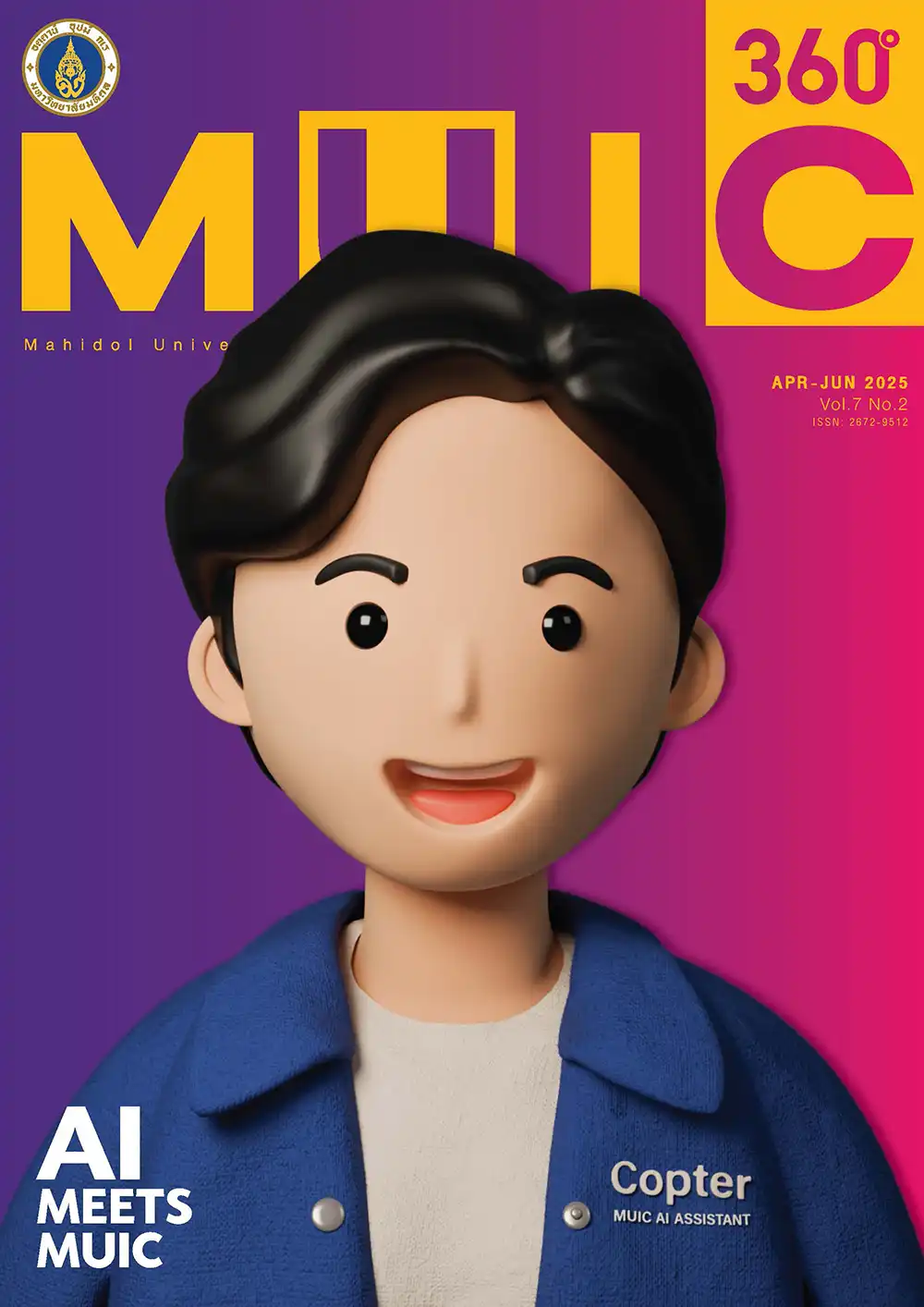
EDITORIAL
Taming Technology
Let’s face it. Artificial Intelligence (AI) is here to stay. Amidst the public fear that AI would eventually supplant human beings in many areas, the best course would be to learn more about it and use AI’s potential for the benefit of the majority. This sounds like a tall order since AI promises to be the instant assistant we all dream of which will lighten our workload. But MUIC has taken the necessary steps to better understand this latest technology and determine the best way to harness it to benefit both teachers and students at the same time ensuring that us humans stay on top of it. In this issue of MUIC 360° Magazine, we asked the college’s policy makers and administrators and the teachers and students about their ideas and find out more about the steps being taken to make technology remain as a productive tool for humans.
MAHIDOL CORE VALUE
INTEGRITY
According to Dictionary.com, one of the definitions of integrity is “adherence to moral and ethical principles.” Hence, this core value is very appropriate for this magazine issue which tackles how MUIC is trying to uphold ethical principles in the face of the ease and convenience offered by artificial intelligence (AI).
